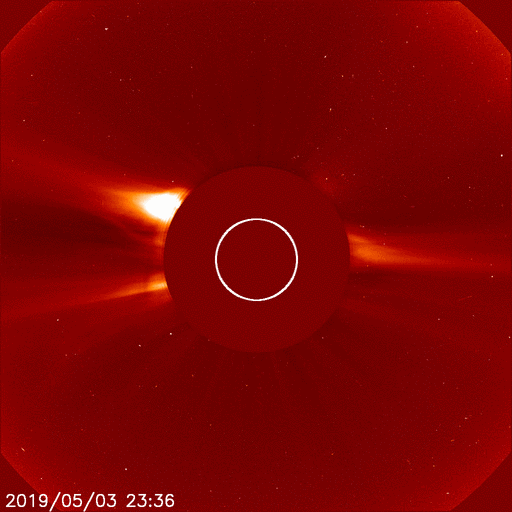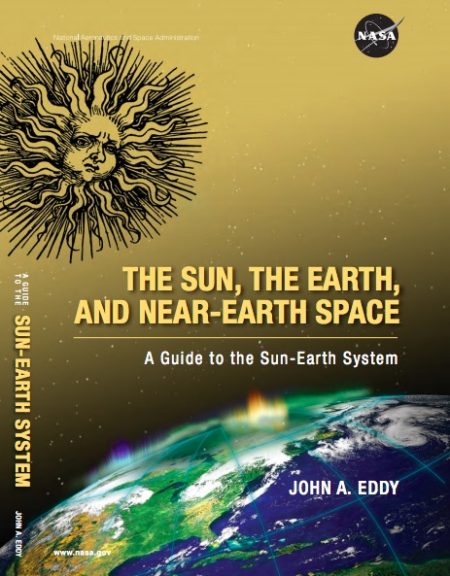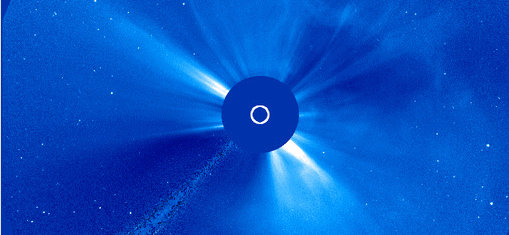As an avid amateur astronomer, solar observation has been quite boring during 2018. As a shortwave radio enthusiast, the lack of solar activity has impacted that hobby as well.
Well, the catchword of the day is “surprise”!
I was alerted yesterday evening by Spaceweather.com that a large sunspot had emerged and developed into a group – with the two main sunspots’ diameter about as large as the earth.
 Credit: Spaceweather.com – Sunspot group AR2720, photographed by Thierry Legault on Aug. 25th from the Saint-Véran/Astroqueyras observatory in the French Alps. An image of Earth has been inserted for scale (Link).
Credit: Spaceweather.com – Sunspot group AR2720, photographed by Thierry Legault on Aug. 25th from the Saint-Véran/Astroqueyras observatory in the French Alps. An image of Earth has been inserted for scale (Link).
Another overnight email notification from Spaceweather.com stated a “surprise” G-3 Class Geomagnetic storm is underway (now!) caused by a coronal mass ejection.

Credit: Spaceweather.com – According to a NOAA computer model, almost 80 billion watts of power surged through Earth’s auroral oval during today’s geomagnetic storm (This image/forecast is updated every 30-minutes at this link).
Has this “surprise” impacted your radio weekend? I know it has impacted my astronomy weekend … I’ll be out there, soon, setting up my solar telescope to view today’s show in hydrogen-alpha!
Go to spaceweather.com to follow the developments.
Edit: Yes indeed, even excluding the sunspots the solar disc yielded more surface detail today via my H-alpha solar telescope than I’ve seen all year – as well as several nice solar prominences along the limb. I encourage anyone who has the proper telescope AND proper filters to take a look at ‘Ole Sol today (and hopefully for the next several days). I’ll have to check the shortwaves later.
Guest Post by Troy Riedel









